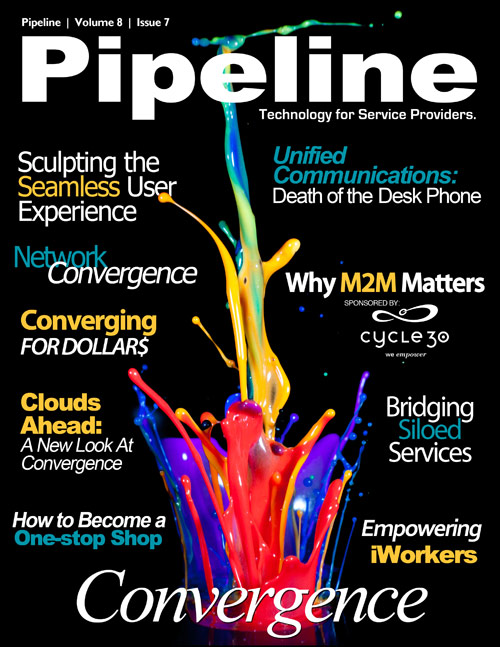Offer management enables the selling channel application in the call center, or on the web, to conduct targeted selling to customers, which helps make the overall sales process more effective. It presents only the offers that are relevant, and takes the complexity and guesswork out of the hands of the end user (call center agent, or online web consumer). This lowers fallout, increases sales effectiveness and improves the customer experience. As a result, the sales channels are able to make better targeted offers and tailor pitches based on customer-profile attributes (demographics, purchase patterns, credit history, etc.) to ensure the right offer is made to the right customer.
Underpinning this process is a product catalog, acting as the centralized source that brings together all the various products, service systems and databases. This master data source reduces time configuring products, implementing price changes and creating bundles. A catalog capability is particularly critical to manage price variability across rate plans as well as support new sales channels outside the call center.
With highly configurable product catalog and offer management systems in place, consumers might be interested in 40, 50 or even 100 new service offers a year, not counting the potentially hundreds of pricing plan options that could come out as part of other promotions and offerings. CSPs are further empowered to deliver a more personalized approach to their customers to bolster loyalty and market share by extending affinity plans and delivering volume discounts and cross-product promotions.


Managing Bill Shock
When catalog and offer functions can be tied to billing, customer care and real-time network events, the operator begins to take the approach one step further to deploy a customer interaction management strategy that also personalizes and automates proactive communication with each customer as real-time events take place. This strategy makes real-time customer interaction a reality.
What makes this even more prescient is the recent FCC ruling that will require CSPs to alert customers when they are reaching their plan limits (and will be charged extra) for voice/text/data services.The goal is to help consumers avoid "bill shock," which happens when customers utilize services that go above and beyond what their specific plans allow for, and thus are charged additional fees. Bill shock is personal and has a bigger impact than providers might think; the negative experience causes consumers to refrain from using services and increases the likelihood that they will look for a new provider now, or in the future.
Thus, communication with customers is the single biggest factor to success. Providers can't wait to tell them it's too late–they must have the technology processes in place to be proactive, allowing customers to self-service their data needs and set limits via the web.
For example, a customer has a 30 GB data plan in their home and has streamed movies for most of the month, and is now 1GB away from the plan limit. Through the tie between product catalog, offer management and real-time network information, a message can be sent to the customer, based on his communication preferences, which notifies him of his usage cap, and makes an offer to buy additional GB or upgrade to a new comprehensive usage plan. This creates a more dynamic service experience for the customer, while also increasing revenue potential for the operator.









